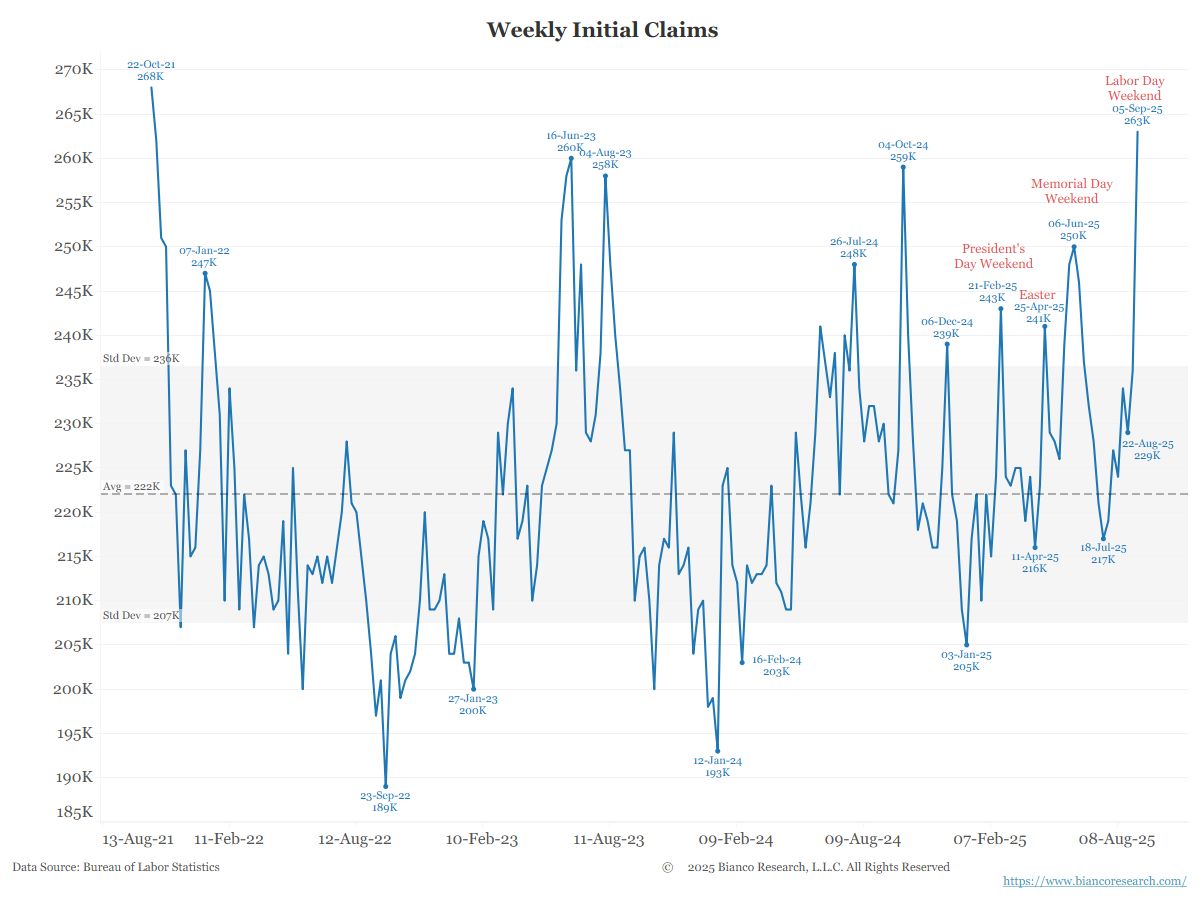In my previous post, we saw how George Akerlof’s argument can persuade us that markets fail- from the perspective of microeconomics. This brings us to the “window” of price theory, from which we can observe that instead of demonstrating the case of market failure, Akerlof is also illustrating the exact opposite in the very same paper! How can this be the case?
As James Buchanan points out, different windows can direct our attention to concentrate on different aspects of the same phenomenon. By his own admission, Akerlof states that “private institutions may arise to take advantage of the potential increases in welfare which can accrue to all parties” (1970: 488). Such “counteracting institutions,” as he refers to them, are consistent with an account told by price theory, one in which a market failure represents a profit opportunity for entrepreneurs to correct for a market failure. These include, for example, guarantees, brand names, or other forms of advertising that are consistent with non-price competition.
Such a window is consistent with F.A. Hayek’s understanding of the price mechanism (1945), which provides entrepreneurs high-powered incentives to act on their particularized and subjective knowledge, not vice-versa as Akerlof’s account would suggest. But as Hayek also argues, the communicative function of relative prices is predicated on non-price forms of competition, such as advertising, which serves to communicate economic knowledge about the availability of substitute goods and services, their quality, and the reputation of its sellers, thus allowing for price adjustments in a manner reflective of underlying information. As Hayek argues, “equilibrium analysis can really tell us nothing about the significance of such changes in knowledge, and it would also go far to account for the fact that pure analysis seems to have so extraordinarily little to say about institutions, such as the press, the purpose of which is to communicate knowledge. It might even explain why the preoccupation with pure analysis should so frequently create a peculiar blindness to the rôle played in real life by such institutions as advertising” (Hayek 1937, p. 53).
To conclude, why, then, does Akerlof’s paper continue to be identified as an example demonstrative of “market failure”? I would argue it is because of the distinct difference in the windows that microeconomics gives us about how markets ought to work, rather than price theory giving us a window from which to see how markets actually work.
Rosolino Candela is a Senior Fellow in the F.A. Hayek Program for Advanced Study in Philosophy, Politics, and Economics, and a Program Director of Academic and Student Programs at the Mercatus Center at George Mason University.
Acknowledgements
Special credit is due to Peter Boettke, who first provided me the idea upon which this series is based. Any remaining errors are entirely my own.
















